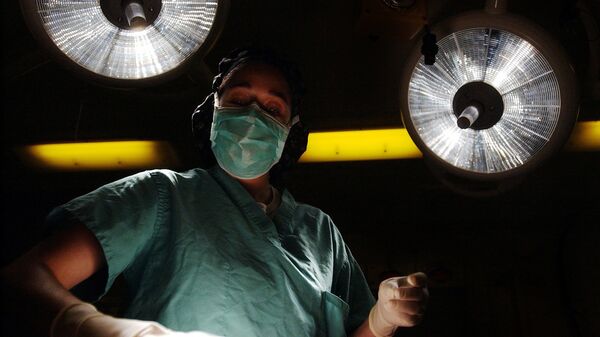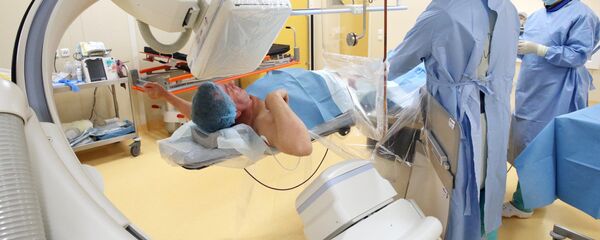Simultaneous studies published in the New England Journal of Medicine and in Nature Medicine on September 24 report that following months of EES, patients who had no "voluntary movement or sphincter function below the level of injury," but retained some sensation, were able to recover some of their mobility and walk upright using a walker.
The first study saw researchers from the University of Louisville heal two of four patients in their test to the point that they "achieved over-ground walking (not on a treadmill)," a process that for one person took 278 sessions of epidural stimulation and gait training and the other 81 sessions over a period of 15 weeks. All four achieved, at the very least, independent standing and trunk stability, according to the study.
The second study, done by the Mayo Clinic, reported on only a single patient, but that person, using a similar method for 43 weeks of "dynamic task-specific training in the presence of EES, termed multi-modal rehabilitation (MMR)," was able to regain "bilateral stepping on a treadmill, independent from trainer assistance or BWS [body weight support system]," the study reported. Further, the therapy "enabled independent stepping over ground while using a front-wheeled walker with trainer assistance at the hips to maintain balance" and "engaged sensorimotor networks to achieve dynamic performance of standing and stepping."
"To our knowledge," the doctors wrote, "this is the first report of independent stepping enabled by task-specific training in the presence of EES by a human with complete loss of lower extremity sensorimotor function due to SCI [spinal cord injury]."
"The history of spinal cord injury research is we have 50 years or more of essentially failed trials, with no positive findings," David Darrow, a neurosurgery resident at the University of Minnesota Medical School who was not involved in either study, told the Washington Post for an article printed Monday. "This is sort of a new era."
The publication noted that Darrow had also been implanting a stimulator device in people with spinal cord injuries.
Darrow told the Post the studies have numerous caveats and leave many questions unanswered, such as how well the method will work in the broader population of people with spinal cord injuries. Another problem is that all of the patients who received the therapy did so within a couple of years of their spinal cord injuries, and all were fairly young, in their 20s and 30s. Darrow told the Post his oldest subject was in his 50s and that he had also used the stimulator implant in someone 17 years after their injury. It's unclear what the results of Darrow's efforts were.
The genesis of the idea of using epidural electrical stimulators to restore movement came from a 2011 report by the same University of Louisville research team. Researchers repurposed a device typically used to manage chronic pain to stimulate the spinal cord of a paralyzed patient instead, the Post reported.
"The basis of this work is that the spinal circuitry is sophisticated and really has the same properties that the brain does in many ways, and in the context of this study, really what is shown is it has the capability of relearning to walk in the right conditions," said Susan Harkema, associate scientific director of the Kentucky Spinal Cord Injury Research Center at the University of Louisville, who pioneered the technique in people.
Harkema told the Post the fix isn't a restoration of the spinal connection, but instead combines electrical stimulation and a relearning of muscle memory — how we think about making our body do what we want it to.
"The important point is this technology may be able to give back functional control, to stand and take independent steps,"said Kendall Lee, a neurosurgeon at the Mayo Clinic. "So it really gives hope to people who are faced with paralysis."






